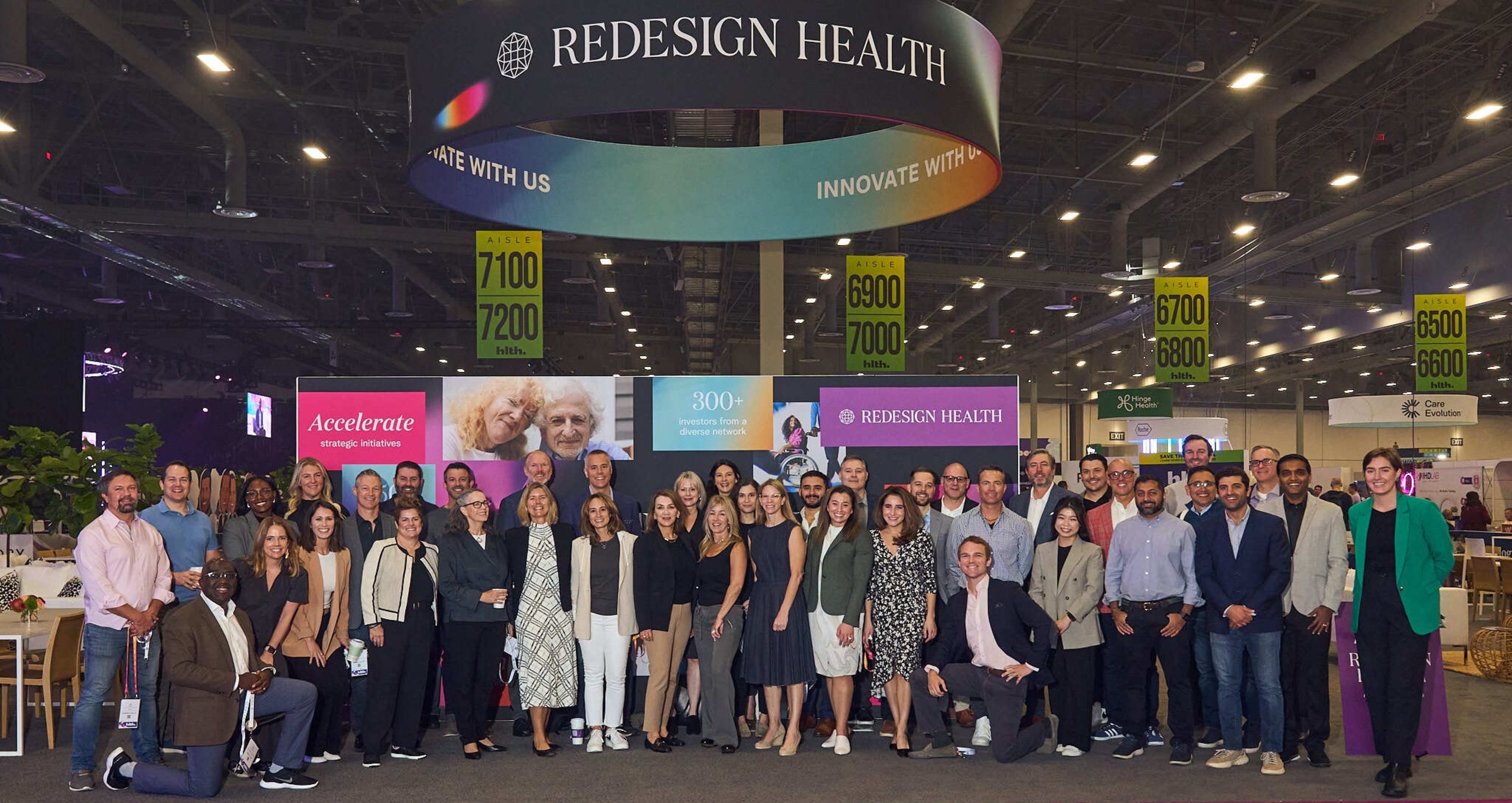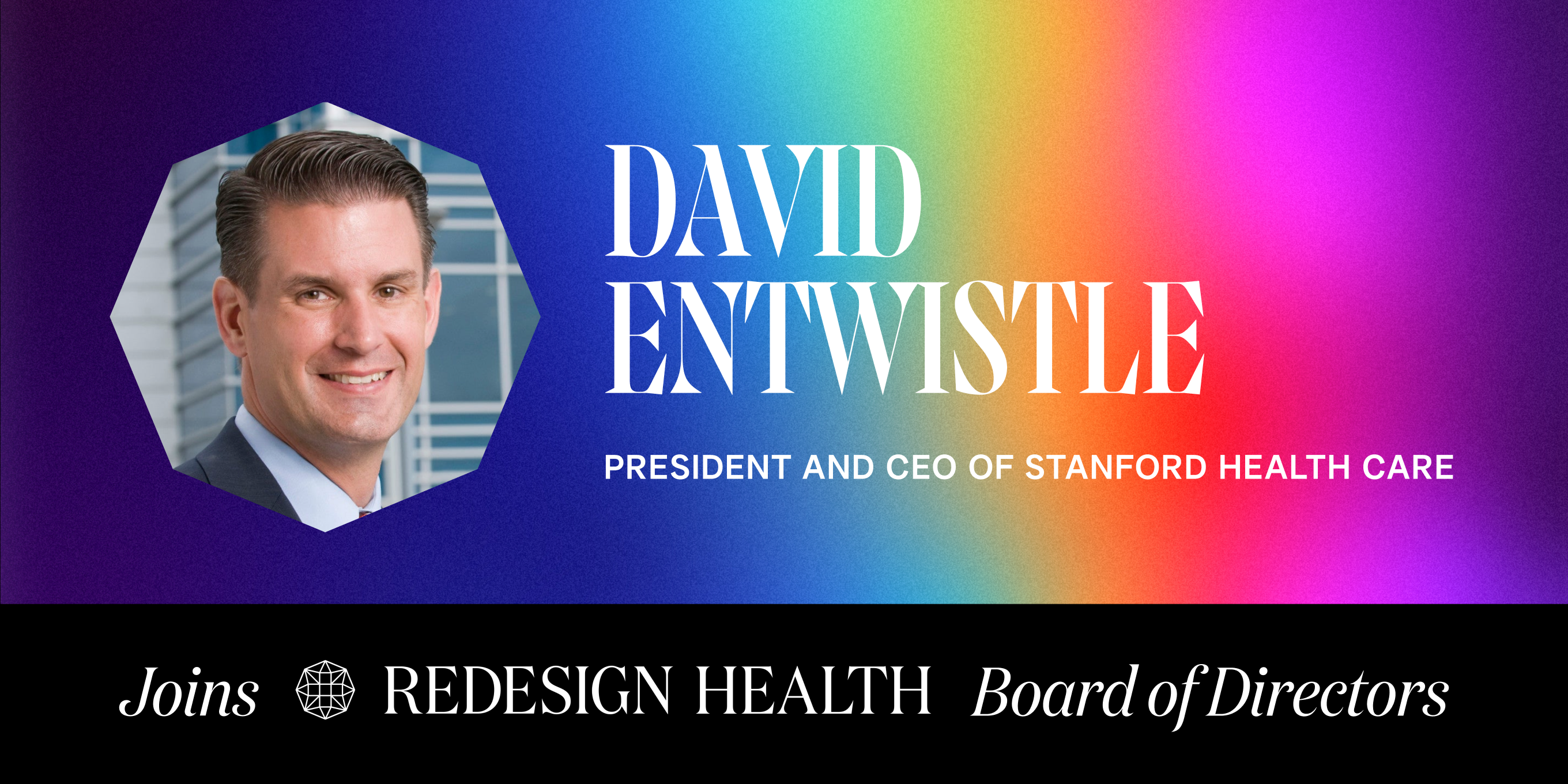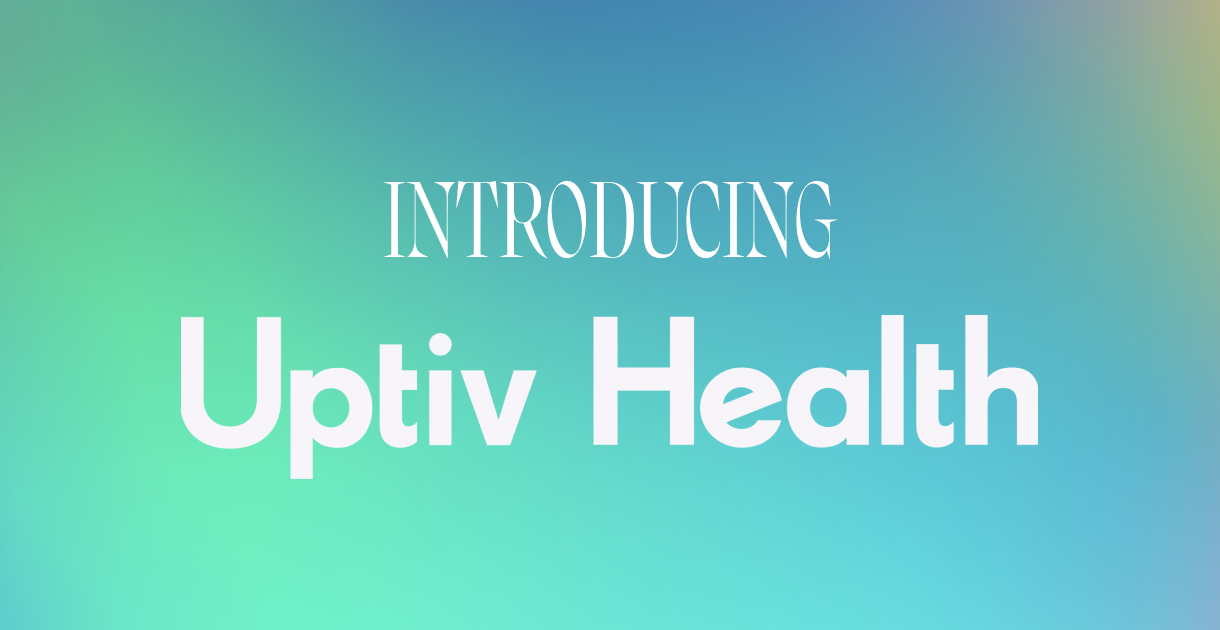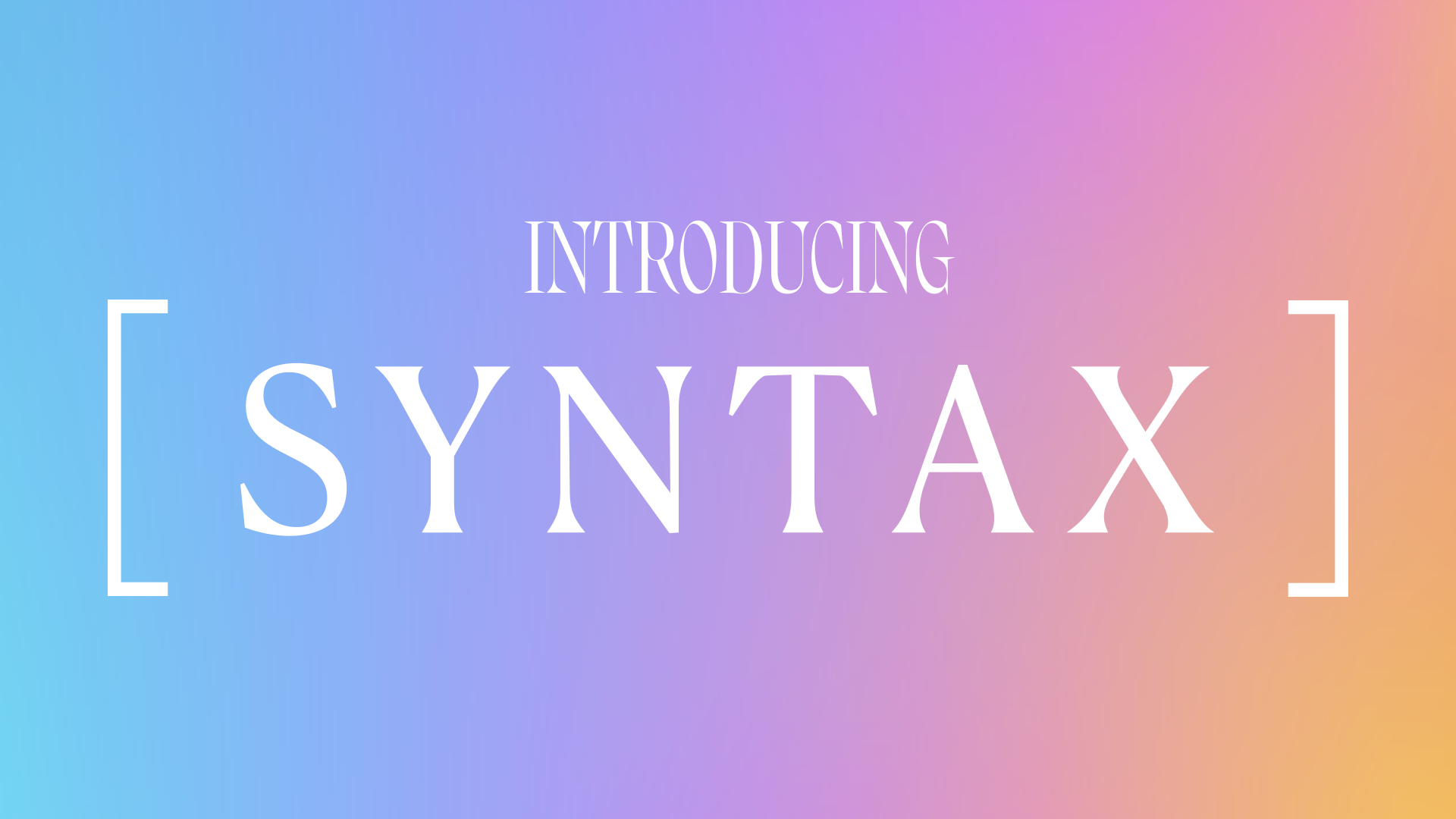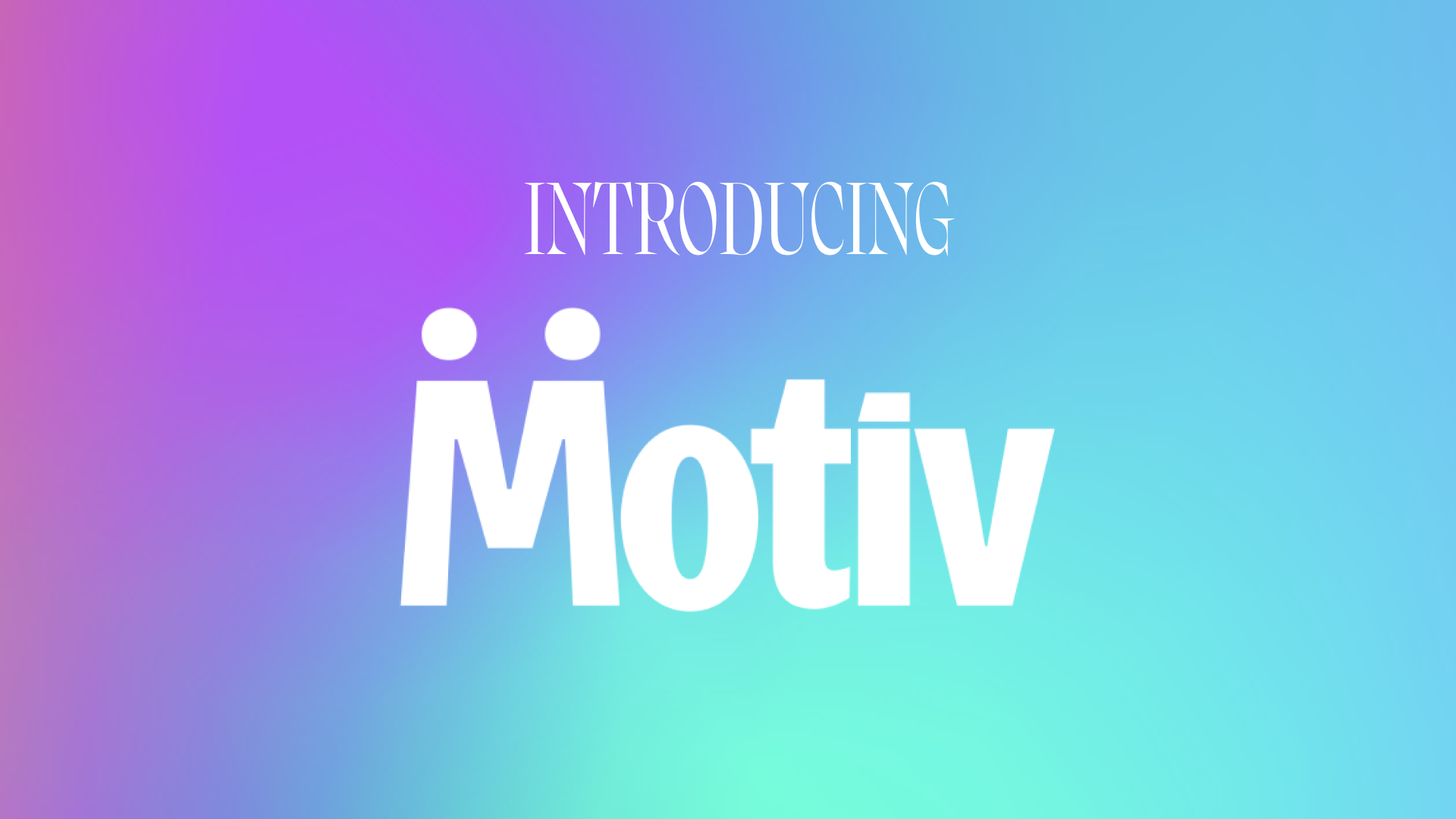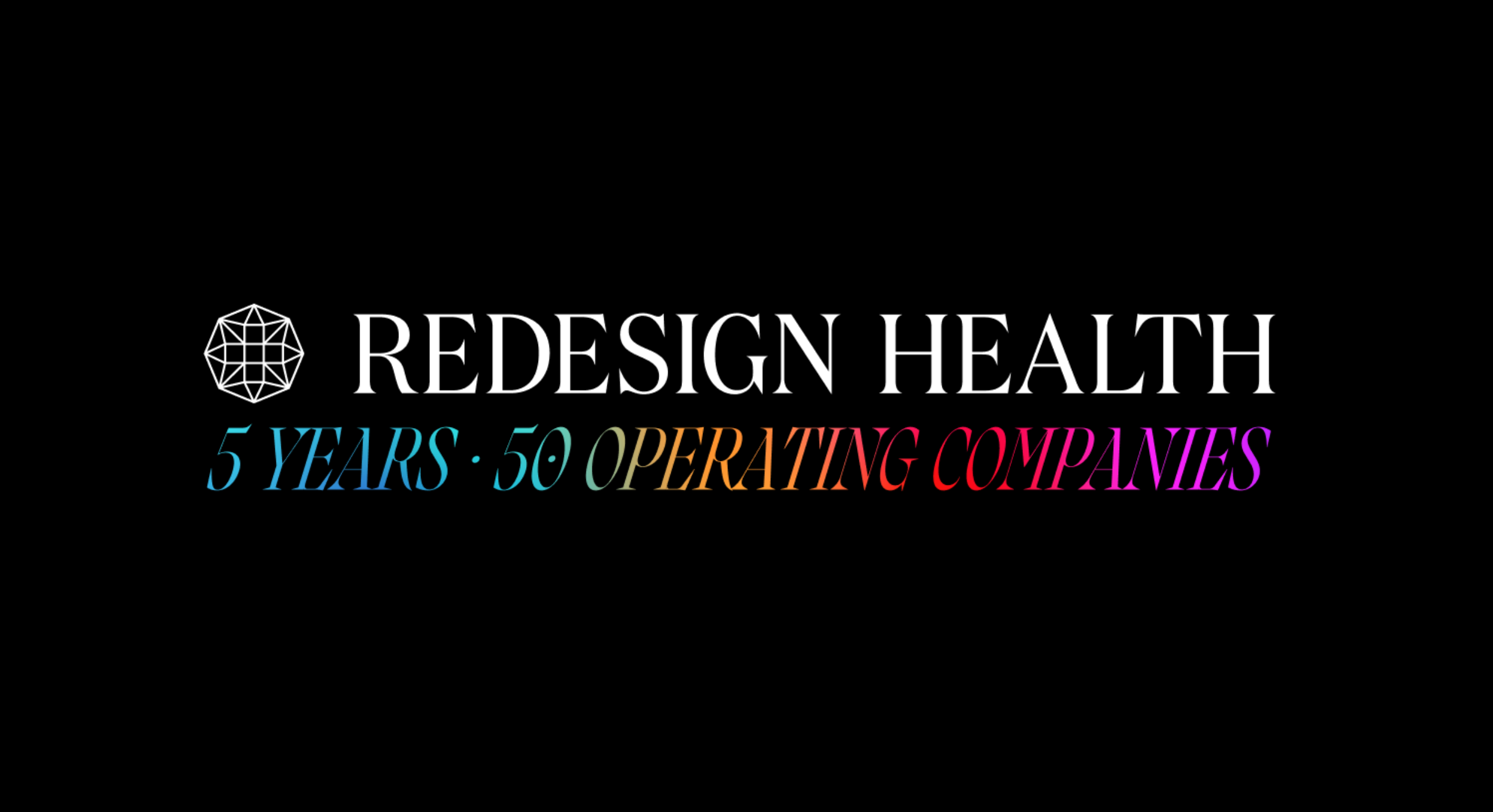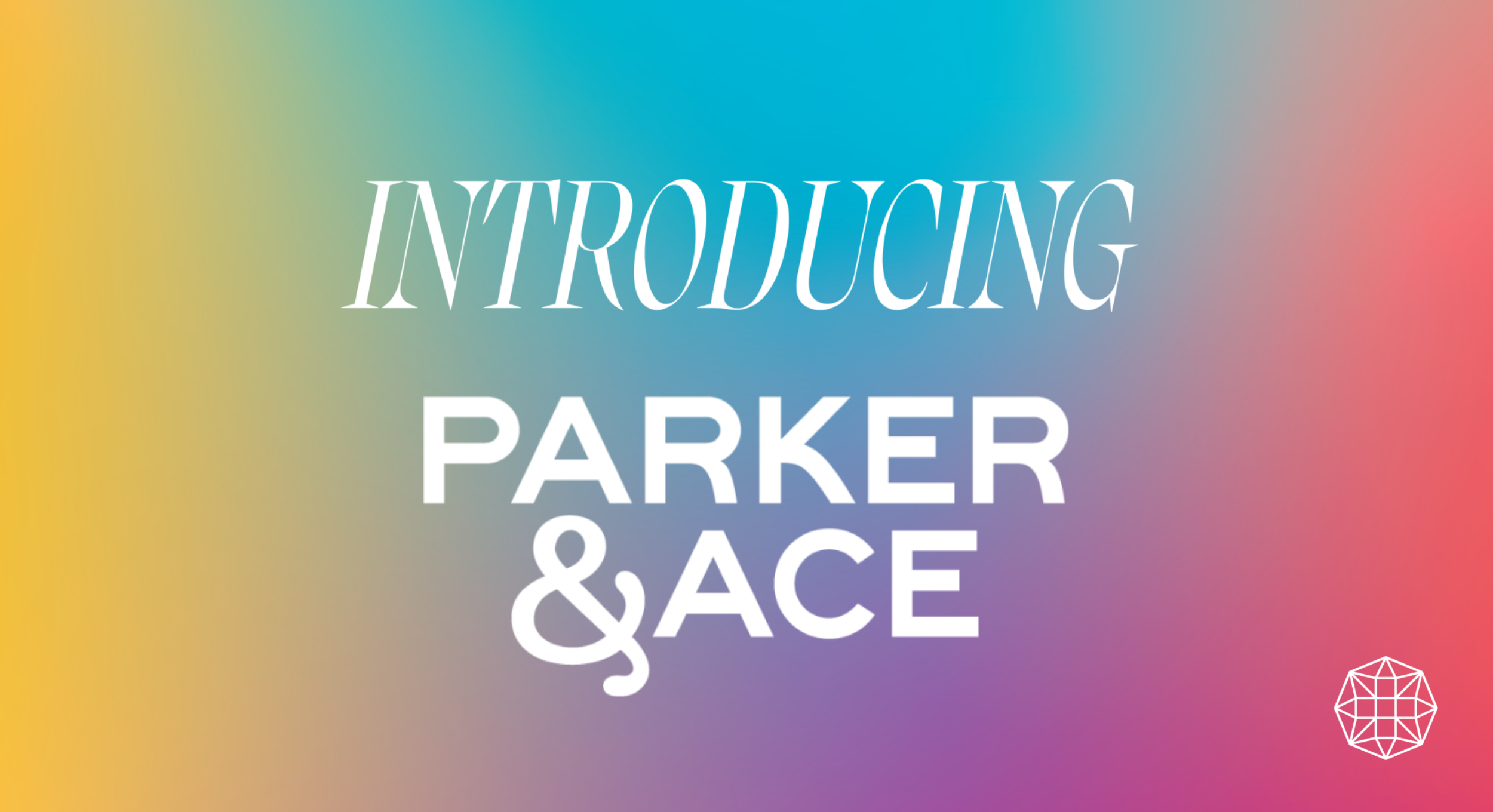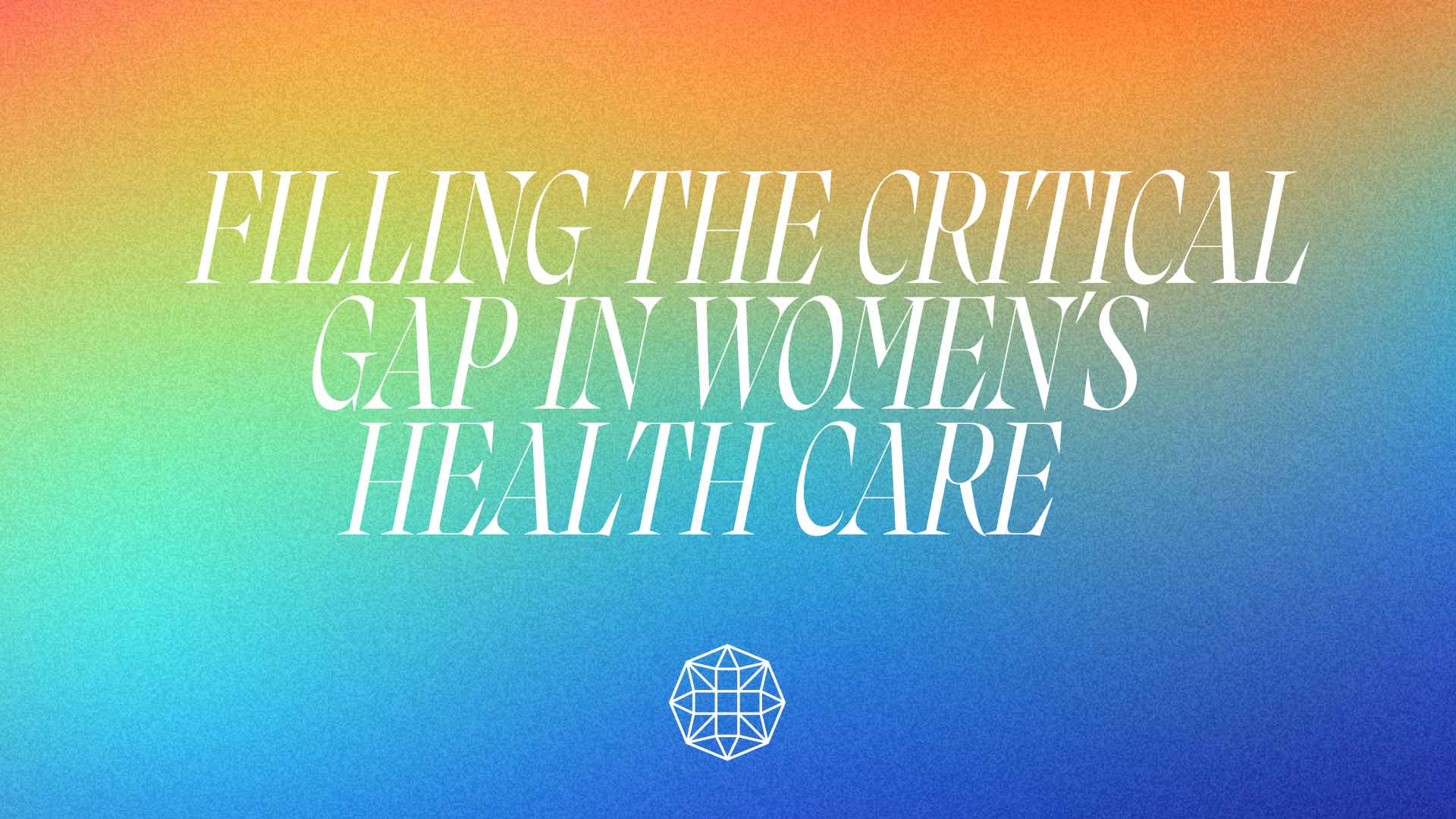
Six Takeaways on Healthcare Innovation from ViVE 2024
Building the future of healthcare is a team effort, which is why Redesign Health seeks out opportunities to engage with stakeholders across the industry. Each year, we look forward to the ViVE conference, as a chance to connect with other leaders and contribute to important conversations in our space. Our team came back from Los Angeles with six observations on what’s driving the industry forward:

1. Generative AI enthusiasm persists—along with safety concerns and unproven ROI. Payers, providers and investors remain bullish on generative AI, particularly for the use cases of:
Data cleaning and normalization: Despite the vast amount of data generated each year in healthcare, at least 80% is unstructured and unusable. This creates an enormous opportunity to use AI to clean, normalize and de-identify data to create longitudinal patient data journeys and surface actionable insights from their historical care.
Automating high-volume administrative activities: Providers and payers continue to seek out solutions that solve for administrative burden, workforce shortages and workflow inefficiencies.
Still, many payers and providers are taking a “wait and see” approach to AI adoption until others prove out the ROI. Providers, in particular, are hesitant to adopt AI solutions that directly impact patient care or tools that aren’t core to their operations. They want to solve the fundamentals—like staffing and provider burnout—before investing in additional tech solutions.
The ongoing Change Healthcare cyberattack has kept cybersecurity, data privacy and regulation at the forefront of the discussion. We heard renewed calls for more oversight of AI technology, including the creation of Health AI Assurance Labs and additional scrutiny for tools that impact patients. For instance, providers using ambient listening technology during appointments should be mindful of informed consent.
AI also poses both challenges and opportunities for health equity. Without ample data, algorithms can produce unintended biases against underrepresented communities and amplify existing racial inequalities in medicine. We need solutions that increase the availability of reliable data on minority populations and reduce disparities in algorithms.
2. Workforce shortages are (still) top of mind.
At ViVE, there was a continued focus on leveraging nonclinical workers and technology to fill staffing gaps. Startups and health systems alike are investing in nonclinical staff such as social workers and doulas, recognizing their importance in holistic care. We were most excited by companies taking novel approaches to this workforce problem by reimagining the traditional structure of care teams and engaging medical professionals further upstream in their professional life cycles.
While these workers are part of the solution to patient engagement, employers should still invest significantly in building a reliable staffing pipeline. Redesign Health is focused on developing solutions in this space.
3. It’s time to tackle hard-to-reach populations
Providers and payers both recognize the need to engage underserved populations, with particular focus on Medicaid engagement and ensuring access to benefits. These programs have been shown to reduce unnecessary emergency department visits, provide culturally attuned care, and meet a patient’s social and economic needs. For example, MedArrive, a business built at Redesign Health, is partnering with Medicaid plans to bridge the virtual care gap through hands-on care at home.
Many startups in the space are focused on employing community health workers from the local communities that they serve in order to better connect with patients, acknowledging that innovation and adoption move at the speed of trust. While the benefits of a community-based model are clear, the operational challenges of building a sustainable business model were also top of mind for investors.
Both the mission and the margins matter when it comes to building a venture-backed business. The state-by-state regulatory environment, coupled with patient engagement challenges, are forcing start-up founders to be especially prudent when it comes to unit economics and business models.

4. The industry is paying more attention to healthcare’s environmental impact.
Social determinants of health have been a major focus in recent years. Now the industry is expanding its aperture to include the environmental impacts of health, how climate change influences patient outcomes, and how these factors affect rural and urban populations differently.
Building off of the Biden–Harris Administration’s Health Sector Climate Pledge to reduce greenhouse gas emissions by 50% by 2030, one innovative organization we saw addressing this issue at ViVE is the Climate Health Innovation & Learning Lab (CHILL). This hub of clinicians and technologists is tapping into emerging markets to create a resilient, sustainable healthcare system.
Redesign is excited about innovation at the intersection of climate and healthcare, which is critical to ensure our systems can handle the impending increased volume of natural disasters and the resulting rise in certain chronic conditions.
5. The “platform vs. point solutions” debate continues.
Again and again, we heard that health systems and payers alike are experiencing point solution fatigue, with preference skewing in favor of unified platforms. But realistically, one single platform solution is unlikely to dominate in the near-term. Point solutions and platforms will have to coexist for the foreseeable future, according to a panel of speakers including our Head of New Ventures, Neil Patel.
In the words of one health system presenter, the strategy is to focus on “fewer partnerships but deeper relationships” with existing vendors. To succeed, startups must fit into existing clinical workflows and minimize disruption. Similarly, another investor noted that founders need to find rivers of capital and jump in the middle—not create their own river or disrupt the flow.
6. It’s still early days for value-based care.
While we believe that the future of healthcare will be dominated by value-based care (VBC), panelists gave VBC’s progress a “D+ or C-” based upon adoption in the industry today. Only 7% of healthcare spending was in population-based payment models in 2021, largely driven by a lack of sustained investment in long-term care models and availability of data and analytics tools.
Two key challenges stakeholders are experiencing in implementing this model include high membership turnover in health plans (especially commercial plans), which disrupts the opportunity for providers to drive value on populations, and the limited access and usage of long-term patient data to inform care. Syntax, built at Redesign Health, is a SaaS-based enterprise tool that is helping solve this challenge by helping payers and providers model and optimize their value-based care contracts.
Final thoughts
ViVE 2024 may be over, but these industry themes are here to stay. We’re confident that our operating companies are building in areas of great opportunity. There’s never been a better time to create the future of healthcare.
Interested in joining us? Explore our partners page for more information.

![No alternate text]() Redesign HealthKins Raises $7 Million Series A and Inks Strategic Investment to Bring Kins to New Markets
Redesign HealthKins Raises $7 Million Series A and Inks Strategic Investment to Bring Kins to New MarketsInvestment will accelerate Kins’ hybrid physical therapy expansion into Washington, D.C.; Maryland and Virginia
July 24, 2024
![No alternate text]() Redesign HealthGiving Independent Medical Practices the Cash Flow They Need to Thrive
Redesign HealthGiving Independent Medical Practices the Cash Flow They Need to ThriveThrivory is an end-to-end financial partner, providing convenient, risk-free access to capital
May 14, 2024
![No alternate text]() Redesign HealthMaking Comprehensive Care a Reality for Residents of Senior Living Communities
Redesign HealthMaking Comprehensive Care a Reality for Residents of Senior Living CommunitiesTroupe Health extends the reach of primary care physicians to improve health outcomes for older adults
April 09, 2024
![No alternate text]() Redesign HealthPioneering Specialist Physician Enablement:
Redesign HealthPioneering Specialist Physician Enablement:WindRose Acquires Company Built at Redesign Health
WindRose Acquires Company Built at Redesign Health
April 02, 2024
![No alternate text]() Redesign HealthIntroducing Redesign Health’s Newest Venture Chair
Redesign HealthIntroducing Redesign Health’s Newest Venture ChairLou Shapiro will leverage his four decades of healthcare and leadership expertise to guide Operating Companies at Redesign Health
March 26, 2024
![No alternate text]() Redesign HealthSix Takeaways on Healthcare Innovation from ViVE 2024
Redesign HealthSix Takeaways on Healthcare Innovation from ViVE 2024Redesign Health attended ViVE 2024 in Los Angeles. We're sharing the six key takeaways our team observed on what’s driving the industry forward.
March 11, 2024
![No alternate text]() EndocrinologyRedesign HealthInvesting in the Future of Diabetes Care
EndocrinologyRedesign HealthInvesting in the Future of Diabetes CareWith a combination of insights, technology and care, Valendo Health empowers independent endocrinologists to grow their practices
March 05, 2024
![No alternate text]() Redesign HealthRewriting the Script on Comprehensive Medication Management
Redesign HealthRewriting the Script on Comprehensive Medication ManagementScriptology combines an extended clinical pharmacy team with technology, creating proven benefits for patients, providers and payers
February 21, 2024
![No alternate text]() Redesign Health2023 Redesign Health Recap
Redesign Health2023 Redesign Health RecapAs we wrap up the year, here's a recap of some of our most exciting moments.
December 14, 2023
![No alternate text]() DementiaRedesign HealthBridging the Gaps in Dementia Care for Providers, Patients and Caregivers
DementiaRedesign HealthBridging the Gaps in Dementia Care for Providers, Patients and CaregiversHarmonic Health leverages technology and expertise to create a new evidence-based dementia care model.
November 21, 2023
![No alternate text]() Redesign HealthReshaping the Hair Restoration Journey
Redesign HealthReshaping the Hair Restoration JourneyAmple combines clinical expertise and personalized care to make hair restoration approachable and empowering.
November 02, 2023
![No alternate text]() Redesign HealthUnlocking Innovation: The Power of Strategic Partnerships in Healthcare
Redesign HealthUnlocking Innovation: The Power of Strategic Partnerships in HealthcareAt the 2023 Re View Summit, we brought together industry experts from across the healthcare landscape for a discussion that explored how startups can more effectively partner with incumbents. Here are their insights.
October 26, 2023
![No alternate text]() Redesign HealthUnleashing the Power of Generative AI and LLMs in Healthcare: Insights from Industry Experts
Redesign HealthUnleashing the Power of Generative AI and LLMs in Healthcare: Insights from Industry ExpertsAt the 2023 Re View Summit, AI Panelists explored how CEOs can get started, viable opportunities within the market and what investors and health systems are seeking when it comes to practical solutions.
October 24, 2023
![No alternate text]() Redesign HealthHLTH 2023: 6 Emerging Microtrends for Healthcare Innovators
Redesign HealthHLTH 2023: 6 Emerging Microtrends for Healthcare InnovatorsWe're sharing the six microtrends we kept hearing about at HLTH 2023 that we expect to shape the early-stage company landscape in the years to come.
October 18, 2023
![No alternate text]() CEORedesign HealthFrom Startups to Scaling: Key Takeaways from the 2023 Re View Summit
CEORedesign HealthFrom Startups to Scaling: Key Takeaways from the 2023 Re View SummitDuring our recent Re View Summit, we gathered 40+ CEOs from the Redesign Health community to tackle some of the most pressing issues in healthcare through panels, workshops and networking. Here are some of the highlights.
October 12, 2023
![No alternate text]() CardiologyRedesign HealthUnlocking the Full Potential of Independent Cardiology Practices
CardiologyRedesign HealthUnlocking the Full Potential of Independent Cardiology PracticesCardiology care delivery enablement platform CardioOne builds early momentum through partnerships with independent cardiology practices and MedAxiom.
October 03, 2023
![No alternate text]() Redesign HealthDavid Entwistle, President and CEO of Stanford Health Care, Joins Redesign Health Board of Directors
Redesign HealthDavid Entwistle, President and CEO of Stanford Health Care, Joins Redesign Health Board of DirectorsWe’re thrilled to welcome David Entwistle, President and CEO of Stanford Health Care, to our Board of Directors.
August 17, 2023
![No alternate text]() Chronic CareRedesign HealthInfusing Innovation Into Care for Chronic Illnesses
Chronic CareRedesign HealthInfusing Innovation Into Care for Chronic IllnessesUptiv Health transforms the transactional treatment model centered on pharmaceutical support to one that’s focused on the whole person, empowering patients while prioritizing their health and well-being.
August 10, 2023
![No alternate text]() Mental HealthRedesign HealthMaking a Clinical Impact: UpLift's Integrated Behavioral Health Model Increases Access to High-Quality Psychotherapy and Psychiatry
Mental HealthRedesign HealthMaking a Clinical Impact: UpLift's Integrated Behavioral Health Model Increases Access to High-Quality Psychotherapy and PsychiatryEarly traction secures $10.7M in Series A funding and a new Medicaid MCO partnership that will form a first-of-its-kind clinically integrated network (CIN) to expand behavioral healthcare access for Medicaid members in Washington, D.C.
August 08, 2023
![No alternate text]() CaregivingRedesign HealthModernizing the Caregiving Experience
CaregivingRedesign HealthModernizing the Caregiving ExperienceWe’re proud to introduce a groundbreaking platform designed to meet caregivers’ unique challenges.
August 01, 2023
![No alternate text]() Healthcare LaborRedesign HealthReimagining the Healthcare Labor Pool Through Innovation
Healthcare LaborRedesign HealthReimagining the Healthcare Labor Pool Through InnovationIn our latest blog post, we look at trends shaping the imbalance of healthcare staffing supply and demand and explore the ecosystem of Operating Companies at Redesign Health that we’ve built to help health systems ease the labor crisis.
July 28, 2023
![No alternate text]() Value-Based CareRedesign HealthBreaking Down Barriers to Value-Based Care Contracting: Simplifying the process through collaboration, real-time insights and comprehensive data
Value-Based CareRedesign HealthBreaking Down Barriers to Value-Based Care Contracting: Simplifying the process through collaboration, real-time insights and comprehensive dataSyntax is an enterprise SaaS platform that simplifies and demystifies how contracts are created and completed for all parties involved. With Syntax, teams can obtain a full view into what a value-based contract will look like in practice.
July 18, 2023
![No alternate text]() Cardiac CareRedesign HealthExpanding Access to Cardiac Rehabilitation with Whole-Person, At-Home Care
Cardiac CareRedesign HealthExpanding Access to Cardiac Rehabilitation with Whole-Person, At-Home CareEach year, more than 1 million Americans become eligible for cardiac rehabilitation. We’re thrilled to launch a new company designed to reshape the way patients receive cardiac rehabilitation.
June 15, 2023
![No alternate text]() Redesign HealthRedesign Health: A 5-Year Milestone of Innovation & Impact
Redesign HealthRedesign Health: A 5-Year Milestone of Innovation & ImpactAs we stand at the cusp of the next wave of change, we wanted to look back on what we’ve done so far and share where we — and the industry — are going next.
May 31, 2023
![No alternate text]() Redesign HealthCelebrating Five Years of Redesigning Health for Everyone
Redesign HealthCelebrating Five Years of Redesigning Health for EveryoneFive years ago, we realized the only way to create real change in healthcare is at scale. Now, we’re proud to have powered the launch of more than 50 healthcare companies.
April 20, 2023
![No alternate text]() Redesign HealthRedefining Pet Care for Modern Pet Parents and Veterinarians
Redesign HealthRedefining Pet Care for Modern Pet Parents and VeterinariansToday’s pet owners don’t just adopt animals—they treat them as members of their family.
April 12, 2023
![No alternate text]() Our Key Takeaways from ViVE 2023
Our Key Takeaways from ViVE 2023Redesign Health attended ViVE 2023 in Nashville last week, where Redesigners and leaders from our Operating Companies connected with industry innovators and attended thought provoking panel discussions.
April 03, 2023
![No alternate text]() Lesley SolomonFilling the Critical Gap in Women’s Health Care
Lesley SolomonFilling the Critical Gap in Women’s Health CareWomen in the United States are facing a troublesome, fragmented patchwork of care options, caused by a variety of challenges.
February 28, 2023
![No alternate text]() 2022 Year in Review
2022 Year in ReviewIt was an exciting year for Redesign Health!
December 19, 2022
![No alternate text]() HLTHRedesign HealthOur Key Takeaways from HLTH 2022
HLTHRedesign HealthOur Key Takeaways from HLTH 2022Redesign Health attended HLTH 2022 in Las Vegas last week, where Redesigners and leaders from our Operating Companies connected with industry innovators and attended thought provoking panel discussions.
November 21, 2022
![No alternate text]() Redesign HealthOur Biannual Redesign Health Cares Day
Redesign HealthOur Biannual Redesign Health Cares DayLast week, Redesign Health held its Redesign Health Cares Day in celebration of World Kindness Day on November 11.
November 17, 2022
![No alternate text]() PartnershipsRedesign HealthPartnering With Leading Children's Hospitals to Identify and Build Innovative Pediatric Healthcare Solutions
PartnershipsRedesign HealthPartnering With Leading Children's Hospitals to Identify and Build Innovative Pediatric Healthcare SolutionsAt Redesign Health, we firmly believe the US healthcare system desperately needs innovation to address our lagging health outcomes, sky-high costs and uneven access to care.
November 03, 2022
![No alternate text]() Redesign HealthRedesign Health at HLTH 2022
Redesign HealthRedesign Health at HLTH 2022We are excited to share that Redesign Health team members and leaders from a number of our Operating Companies will attend HLTH in Las Vegas later this month.
November 02, 2022
![No alternate text]() CEORe View Summit Recap
CEORe View Summit RecapWe recently brought together 30+ of our founding CEOs and Venture Chairs for the inaugural Re View Summit, a two-day event focused on the best practices for successfully scaling businesses.
September 29, 2022
![No alternate text]() Redesign HealthOur Mission to Redesign Health for Everyone
Redesign HealthOur Mission to Redesign Health for EveryoneRedesign Health powers innovation in healthcare by developing technologies, tools, and insights that lower the barriers to change across the industry. Since 2018, exceptional founders have built over two dozen companies at Redesign Health.
September 13, 2022
![No alternate text]() Redesign HealthAmbition and Urgency Shape the New Redesign Health Brand
Redesign HealthAmbition and Urgency Shape the New Redesign Health BrandOur new brand is the culmination of conversations with people from all levels of the organization — those who have been with Redesign since the beginning to people who just walked in the door. We listened to founders, partners, and industry experts.
April 21, 2022












